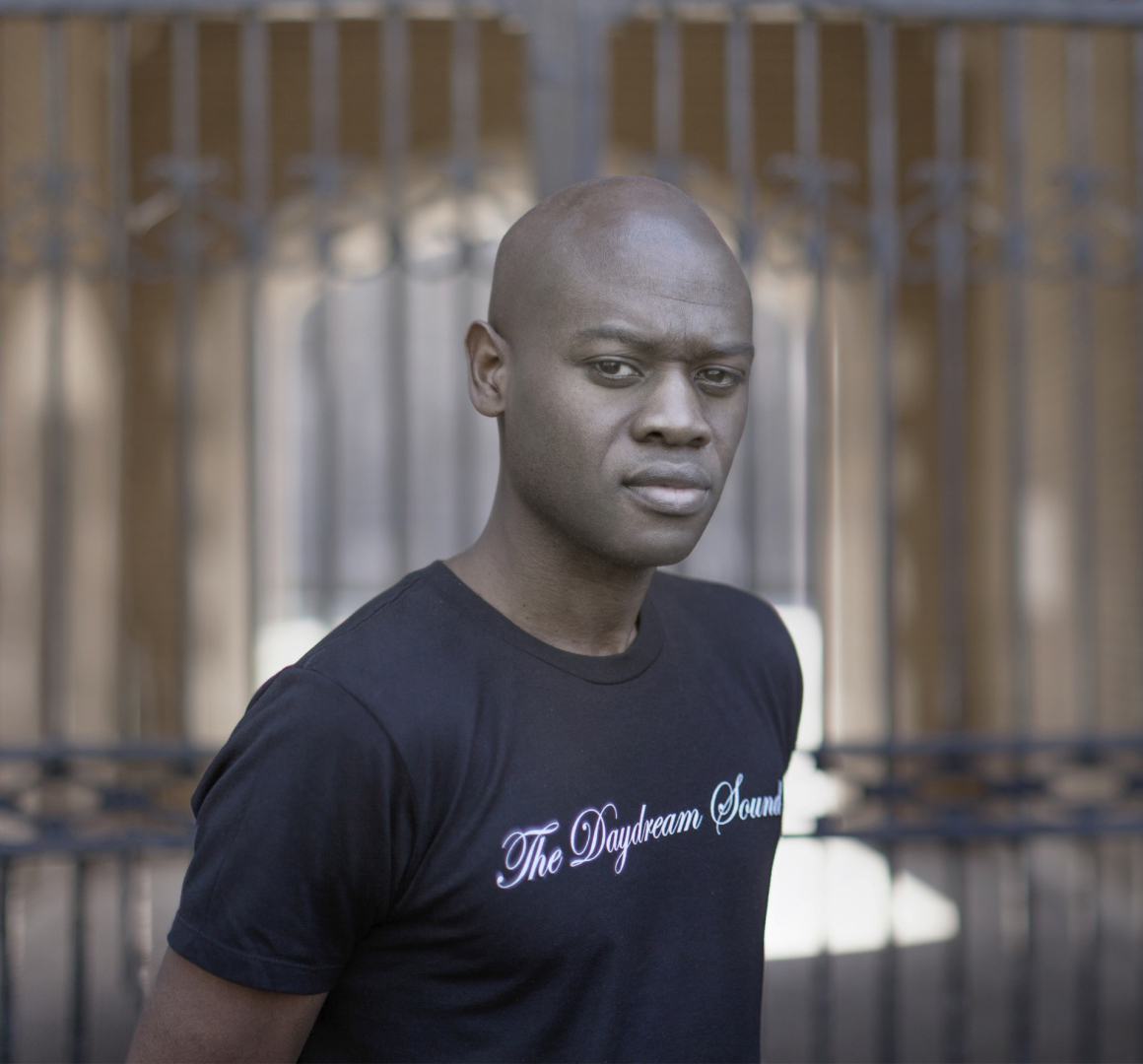Growing up in Scarborough-a large district of Toronto situated on the shoreline of Lake Ontario-producer/DJ, Yohance Marshall (aka The Daydream Sound) learned to adapt at an early age.
“Toronto in general is pretty multicultural, but in Scarborough in particular, you get exposed to a lot of music from all types of cultures and you're forced to understand it because that's the only way you're really going to kind of understand people and the environment you're in.”

In addition to the sounds of Reggae, Calypso, Disco, Funk and beyond that Scarborough’s immigrant community had brought to the area, Marshall also received a rich musical education from his father, a DJ who would throw house parties for friends and family. As soon as he was tall enough to reach the turntables, Marshall’s father taught him to mix, thus arming him with the first tool in what would eventually grow into a vast musical arsenal. Like many hip-hop DJing, the craft of mixing and blending records eventually pointed Marshall toward sample-based music production. He’d get his first taste of life in the studio after traveling to New York to work with the group Architects of Knowledge. After watching the session’s engineer struggle to loop a sample on the Akai S950 and eventually leaving the studio with a record that they weren’t 100% pleased with, Marshall was determined to make the leap from DJing to production.
“Around 1992 going on into 1993, there was a program in the city called Fresh Arts. The government of Ontario would pay young kids to do music stuff. So, I applied and brought one of my mixtapes and (pioneering Canadian hip-hop artist) Wendy “Motion” Brathwaite interviewed me and she's like, “I like your mixtape. You could get into this”. So they had no DJ section, but they had this music production thing where they took all the rappers, and all the of studio-minded people and put us in this class.”
Not only would Fresh Arts place Marshall in class with a who’s who of future Canadian rap legends like Kardinal Offishal, Saukrates, Marvel and the singer, Jully Black, the class would introduce Marshall to his first Ensoniq machine, the EPS 16 Plus digital workstation. Later, while studying classical composition at university, Marshall set his sights on the newly released Ensoniq ASR-10. When a friend offered to sell him an EPS 16 Plus for relatively cheap, Marshall couldn’t resist. He purchased the machine and setting about producing his own tunes crafting his own sound under the influence of classic hip-hop and an ambitious new instrumental sound being forged by new crop of producers like Japan’s DJ Krush and DJ Shadow.
“When I actually got the sampler, Pete Rock, Marley Marl, those are the sort of people that I study, especially Marley Marl. So I was just trying to make Marley Marl beats [laugh]. I never really had an interest to produce for people. At that time, the whole trip-hop acid jazz thing was just really budding, the whole Warp label etc. And when I heard that sort of stuff, I'm like, “you can do this”. Yeah. You know, the whole Warp label. It was just the way everything lined up is that I was gravitating to instrumental sample-based music from the get go.”
After years of mastering various samplers and machines, working in his own studio and releasing his music independently, Marshall saw the internet in particular as a way to expand his fanbase and get his music heard. While the social media site Myspace allowed Marshall to put his music out into the world and connect with listeners, Youtube would serve as the platform where his artistry and deep knowledge of samplers would intersect.
“I just casually put up a video about EPS one day. I think it is the first video on YouTube about the Ensoniq EPS 16+. So, I put it on there and got a whole lot of questions about sampling and because I was so avid about consuming information about the history of samplers, I knew quite a bit. YouTube also gave me the room to gain an audience of people that liked sample-based music. It stemmed the whole thing that I do now where I just sort of work independently and release music. So the internet played a huge role. It opened up the floodgates for a whole lot of stuff.”
Today, Marshall’s work strikes a balance between releasing his own projects and running The Daydream Sound YouTube page and The Samplers Podcast, educating musicians on sound design as well as sampling and programming techniques for the ASR-10, ASR-X, the EMU SP-1200, Octatrack, the S-950 and more.
His mastery of this wide range of samplers is on full display on his latest album Ameliorate. A lush and evocative set of instrumentals, Marshall created Ameliorate by connecting “6 or more” samplers via MIDI and recording each of the albums complex instrumentals live. Composed of found sounds, tracks like “Torrential Gathering”, “A Formal Invite From Verity” and the title track “Ameliorate” are dynamic, ever-shifting tunes full of rich texture. Speaking with Marshall about making the album, you get the sense that like the rest of his career, the music that he makes comes as a result of an ongoing process of learning, free experimentation, and adapting.
“If it's something like an extreme pitch bending and time-warping thing, I'll go to something like a Roland VP-9000 you know? So, I picked the samplers based on their function that the sound needs, and ultimately the song needs, and it just grows and grows and grows till I start thinking about arranging it and making sense of all that mess. I have a pretty extensive patch bay where I can make any sampler sample itself. So it's a constant shuffling. It's like, okay, I made you here, now you go here, now you go here now I'll take this and run it. It’s a whole sort of patch thing that ends up being what the music is.”
